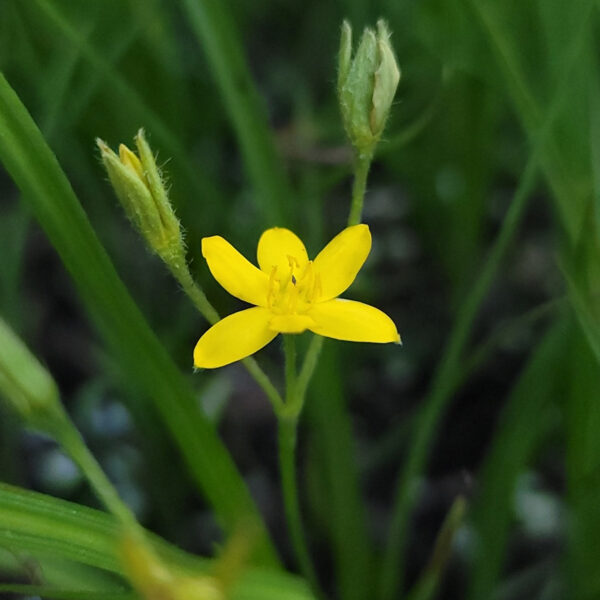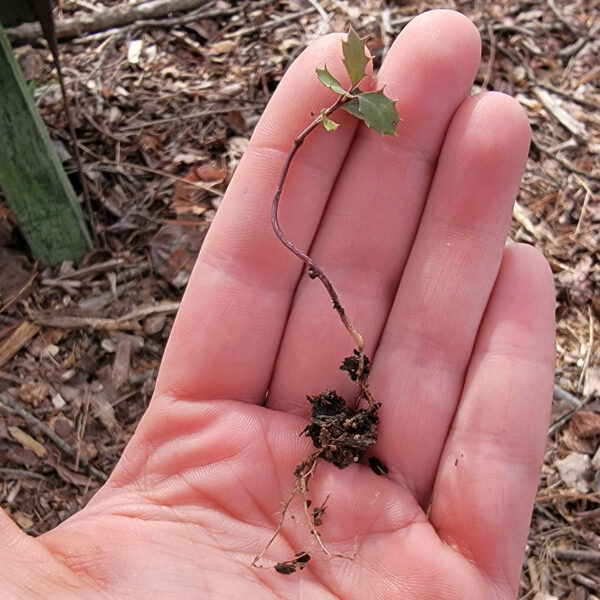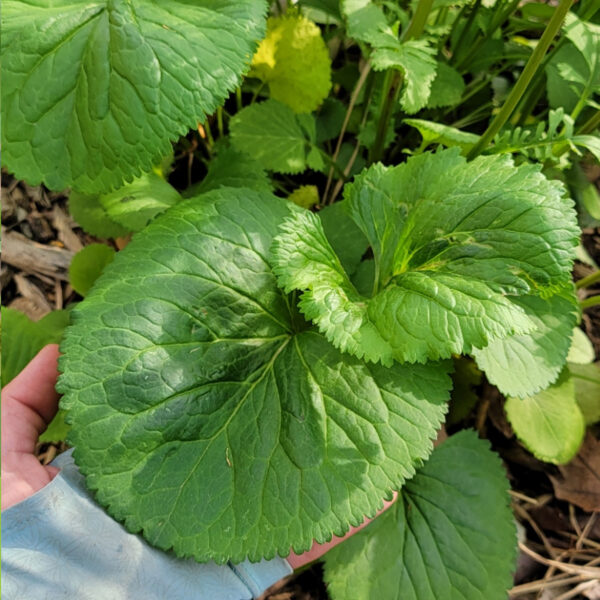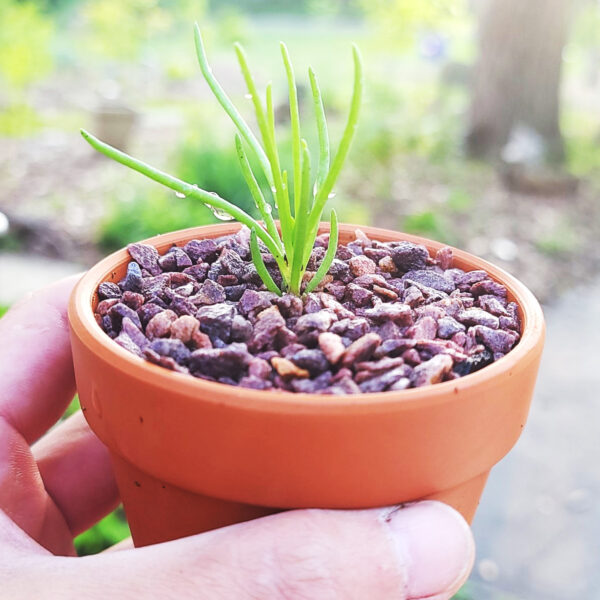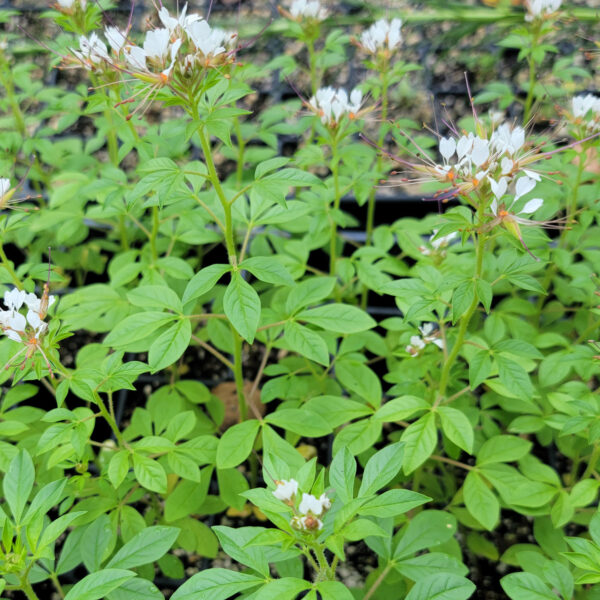Northern-Piedmont Native
If you garden based on local ecotype rather than political borders, these are listed as native for the Piedmont region based on BPlant lists.
Showing 25–36 of 44 results
-
Hypoxis hirsuta (eastern yellow star grass)
$6.00Add to basketBlue-eyed grass’s golden-flowered cousin, the eastern yellow star grass is a welcome volunteer in gardens with grass-like leaves and bright blooms.
-
Ilex opaca
$8.00 – $16.00Select options This product has multiple variants. The options may be chosen on the product pageAmerican holly trees are extremely slow-growing trees. However, as a keystone species, it is worth growing at least one or two on your property.
-
Lupinus perennis (sundial lupines)
$8.00Add to basketSundial lupines are the only lupines native to the mid-atlantic and northeastern region. These are the host plants for the endangered Karner Blue butterfly.
-
Phemeranthus teretifolius (Appalachian fameflower)
$12.00Add to basketDon’t let the ephemeral nature of the individual flowers fool you – this succulent blooms from spring through fall.
-
Phlox paniculata (garden phlox)
$8.00Add to basketThese garden phlox are not cultivars, but grown from seed obtained from open pollinated and naturalized plants. Mystery color, and maybe a new winner!
-
Podophyllum peltatum (mayapple, American mandrake)
$10.00Add to basketThis spring ephemeral groundcover has a close association with the state-vulnerable eastern box turtle, which favors its fruit and disperses it in the wild.
-
Polanisia dodecandra (redwhisker clammyweed)
$6.00Add to basketThis unusual annual is the only plant related to Cleomes native to the east coast. Deer don’t want anything to do with the sticky, sesame-smelling leaves.
-
Potentilla canadensis (running five-fingers)
$6.00Add to basketCute yellow-flowering ground cover that doubles a native lawn alternative that can grow in a wide variety of conditions, including full sun and drought.


